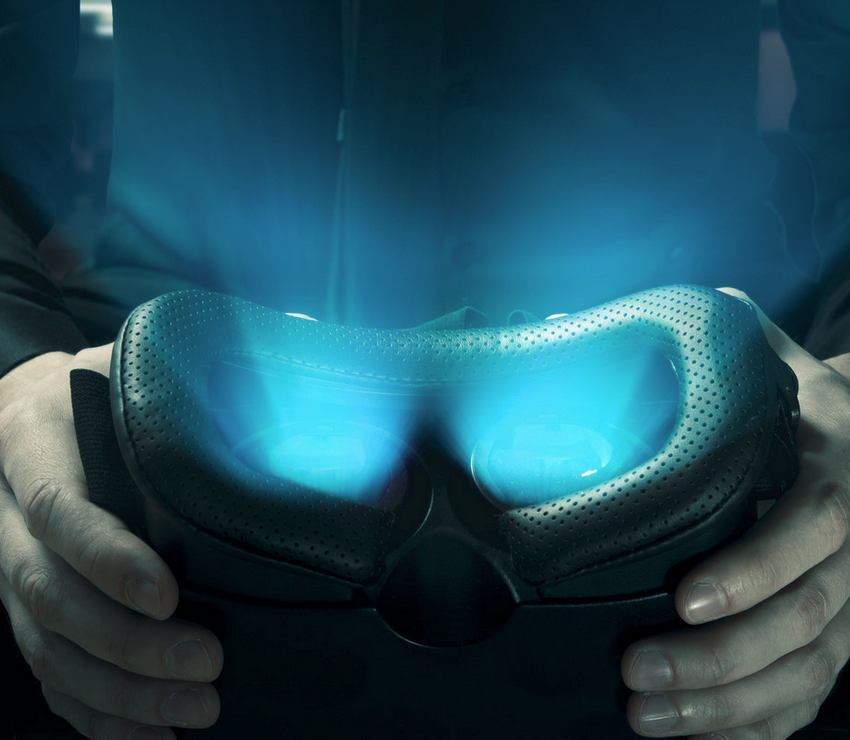
Making Virtual Reality Accessible: A Plan for Schools and Libraries
Leveraging emerging tech to enhance learning experiences
This guide was created as part of a class project in 2021 to explore how Virtual Reality (VR) could be made accessible for educational settings with limited budgets. I outlined how cell phone VR could serve as a cost-effective and accessible alternative for implementing VR technology in programs and services, compared to dedicated devices like those offered by Meta or HTC, which often start at $300 per unit.
Although this avenue has since become less prominent and depreciated (with Google discontinuing its platform the same year this guide was written), the project highlights my ability to identify and evaluate emerging technologies while addressing budget and accessibility constraints.
What I Learned:
Adapting Technology: Repurposed smartphones demonstrated how existing resources can be used creatively to deliver innovative solutions.
Cost vs. Functionality: Balancing affordability with effective user experiences taught me how to prioritize practical outcomes within financial constraints.
Accessibility Advocacy: I developed strategies to make cutting-edge technology available to under-served groups, fostering equity in tech adoption.
Scalability Planning: Designed an approach that could scale to classroom use, enabling programs to benefit larger groups without sacrificing quality.
Reflection (2024):
While cell phone VR may no longer be a preferred solution, this project remains a valuable example of my approach to incorporating new and emerging technologies. If I were pitching a similar plan to an institution today, I would explore alternatives like second-hand dedicated VR devices or AR solutions that align better with current and future trends, offering a more robust and immersive user experience.